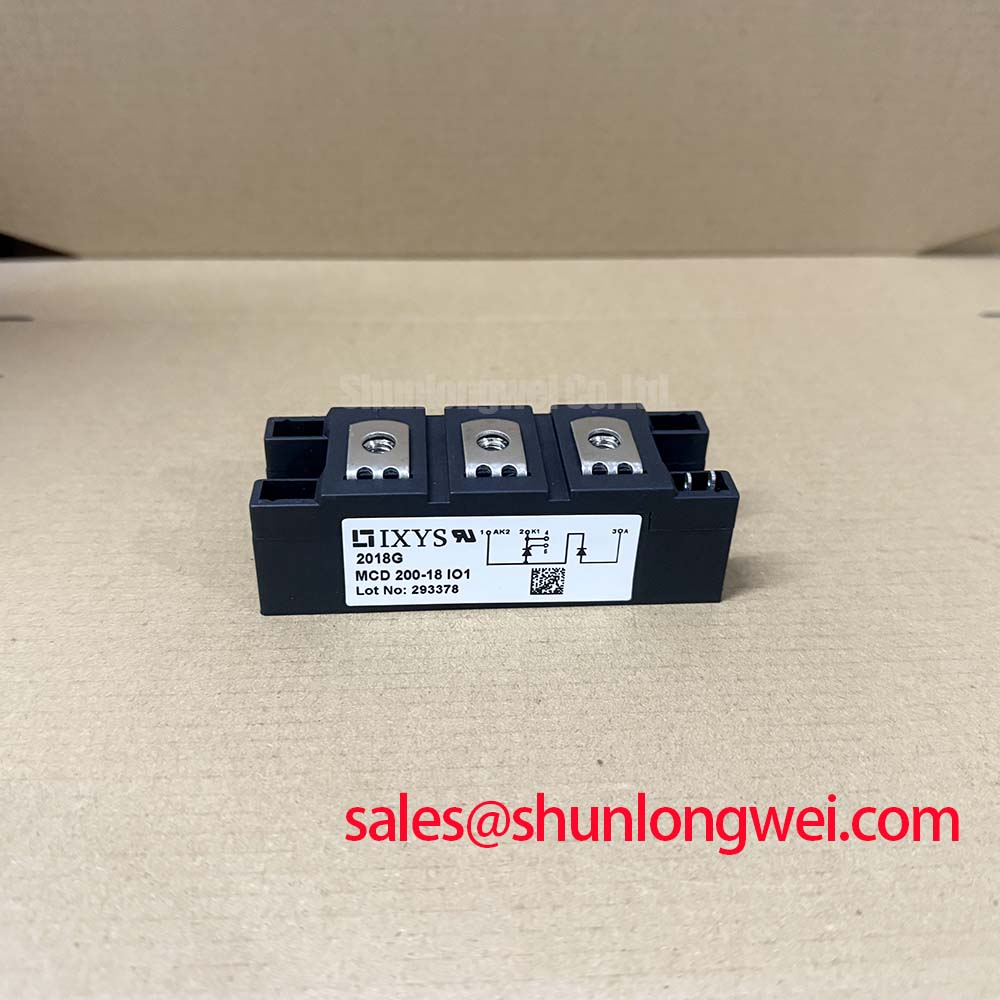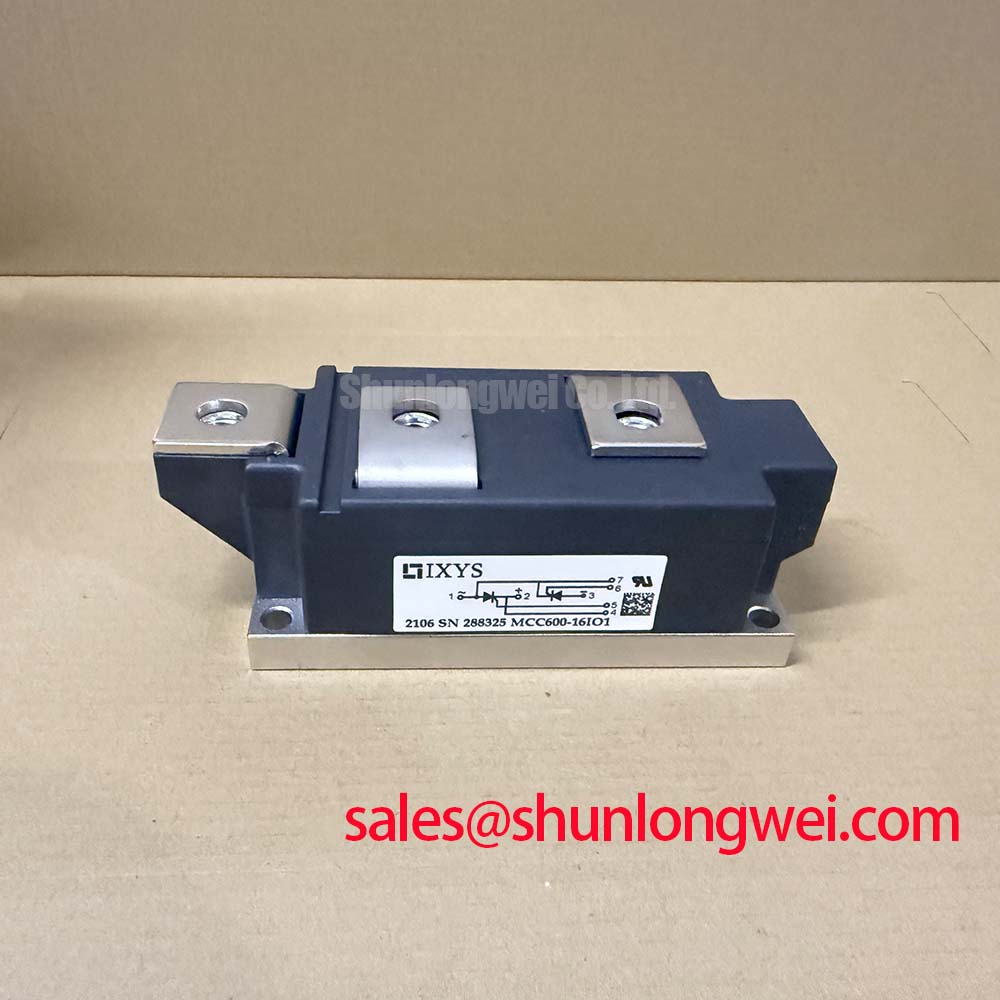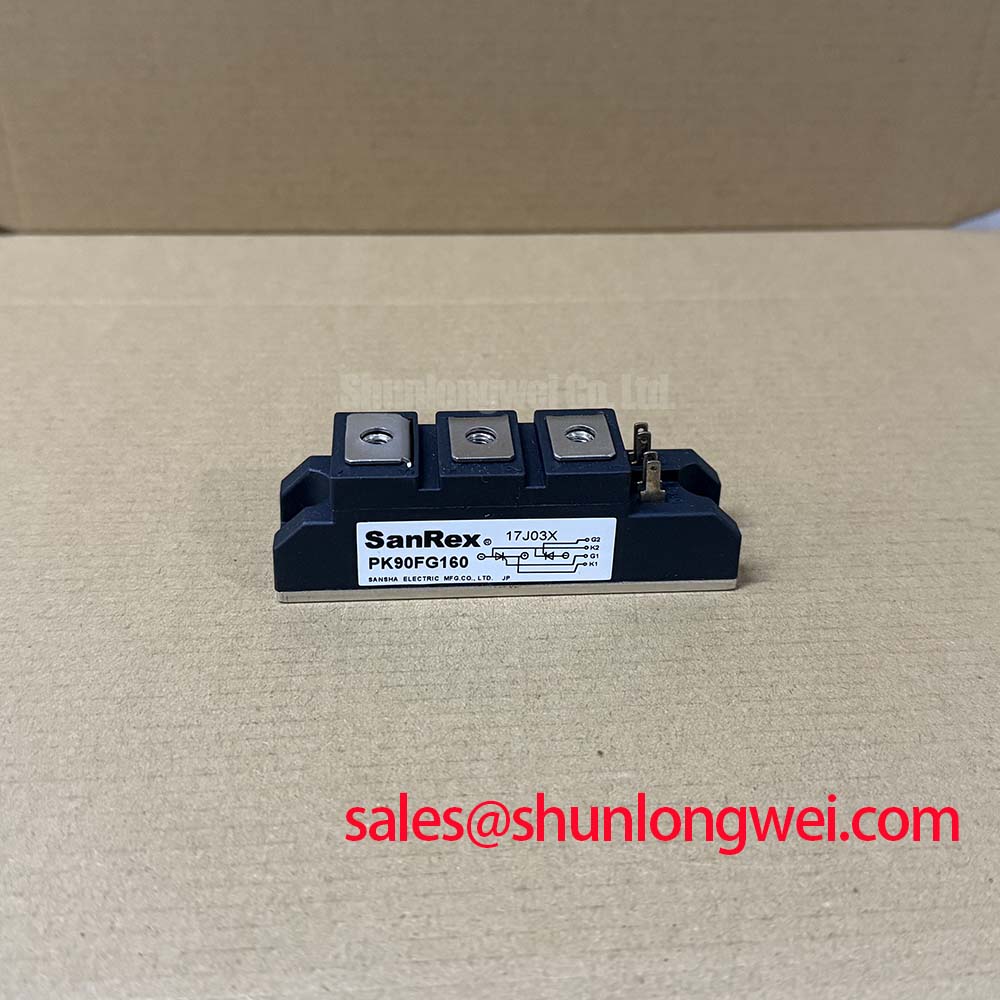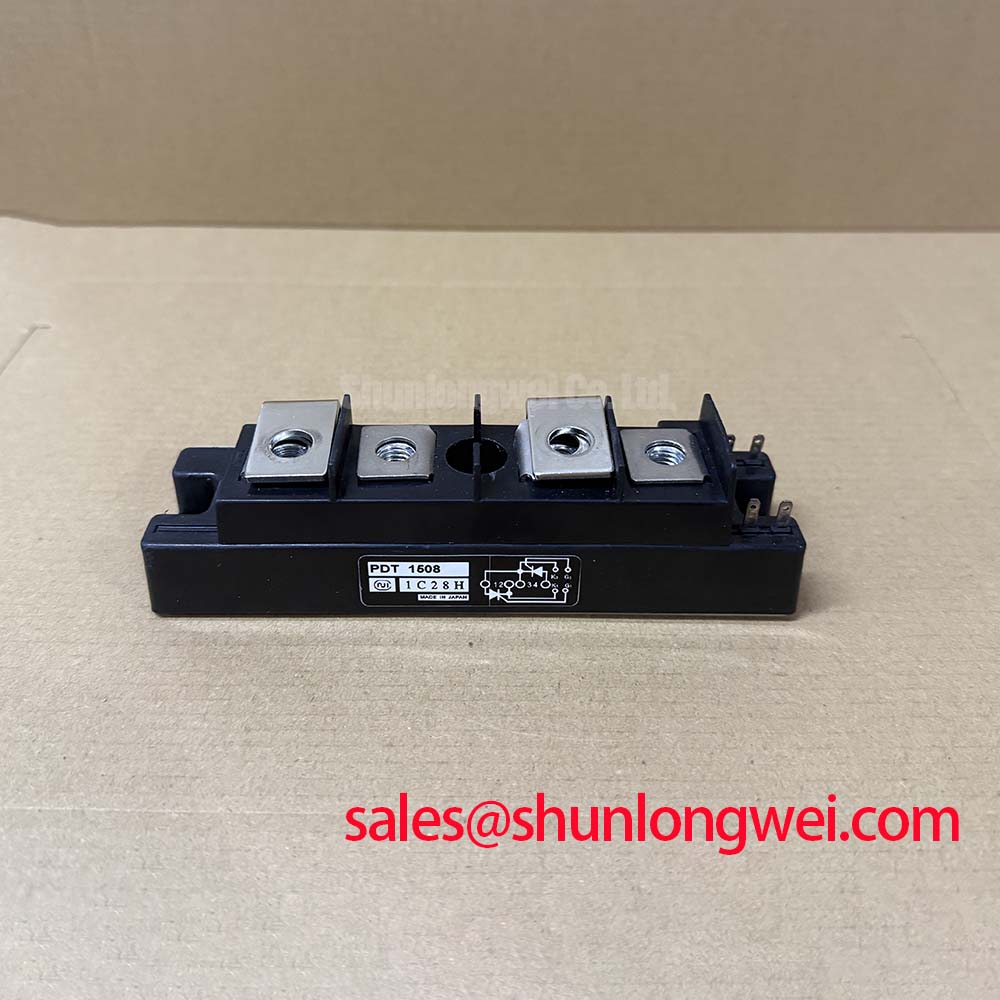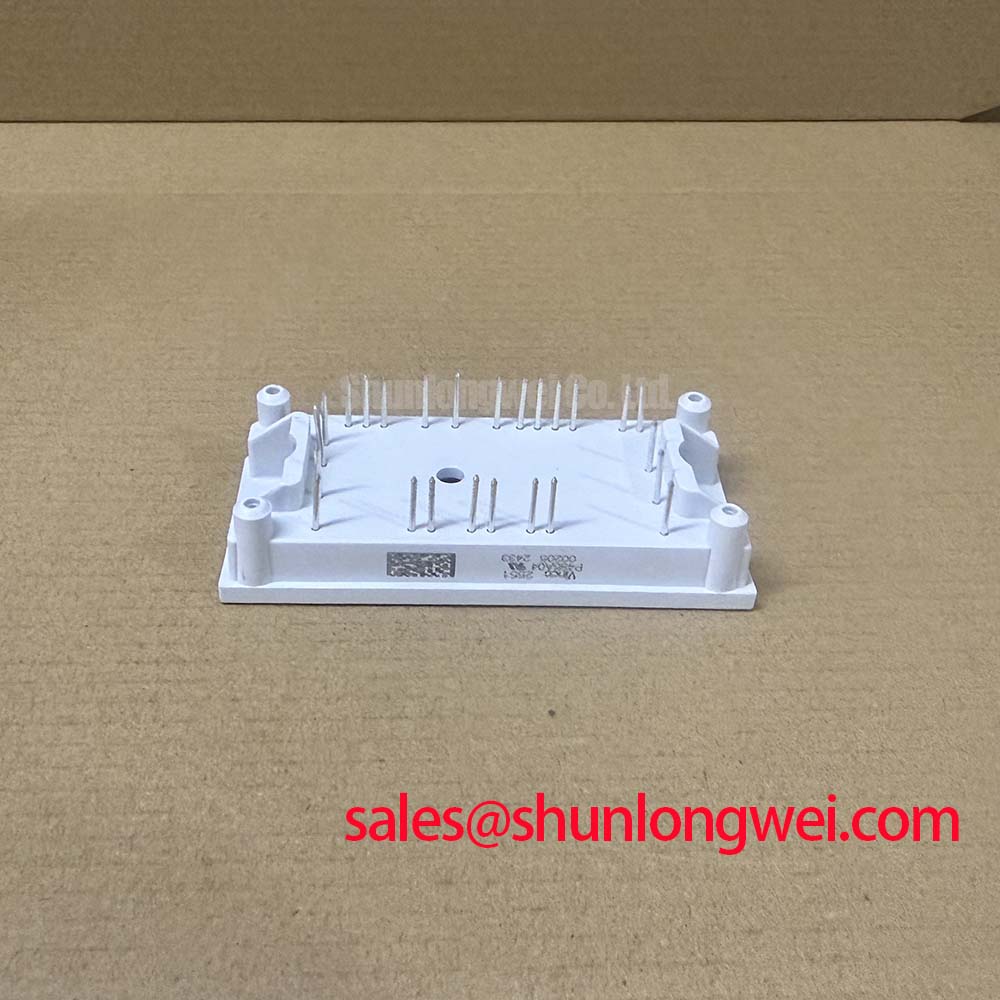MMD100E160X: Technical Review of a 1600V Diode Module
Engineered for thermal endurance and high-voltage applications, the MACMIC MMD100E160X Diode Module delivers robust power rectification. With core specifications of 1600V | 100A | Rth(j-c) 0.9°C/W, this component is built for longevity. Its key benefits include exceptional voltage headroom and superior heat dissipation. This design directly addresses how to prevent thermal breakdown in high-load systems by combining high voltage ratings with a thermally proficient package, ensuring heat is effectively drawn away from the diode junction for sustained operational integrity.
Data-Driven Comparison for System Reliability
When evaluating rectifier modules, key performance indicators determine their suitability for specific power systems. The MMD100E160X provides a data-centric baseline for engineers focused on achieving long-term reliability. Its electrical and thermal characteristics offer a clear framework for design decisions, especially when compared to other modules in similar voltage and current classes. For systems that may experience line voltage fluctuations or require a higher safety margin, the 1600V VRRM of the MMD100E160X presents a distinct advantage over standard 1200V components. A direct assessment of its thermal resistance and isolation voltage against project requirements allows for an informed selection process, ensuring the chosen component aligns with the system's overall reliability and safety targets. For designs that require a slightly lower voltage tolerance, the MDD95-12N1B is a related component offering 1200V and 95A capabilities.
Applications Where Thermal Stability is Paramount
The MMD100E160X is engineered for applications where consistent performance under thermal stress is critical. Its robust design makes it a suitable component for a range of power conversion tasks. With a 1600V repetitive peak reverse voltage, this module is the superior choice for 480V-based input rectification requiring substantial safety headroom. Its capabilities are particularly valuable in the following areas:
- Input Rectifiers for PWM Inverters: Provides the first stage of reliable AC-to-DC conversion for variable frequency drives (VFDs) and other motor control systems.
- Field Supply for DC Motors: Delivers dependable DC power for motor excitation circuits in industrial machinery.
- Battery DC Power Supplies: Serves as a core component in high-capacity battery charging systems and uninterruptible power supplies (UPS), where both high voltage and current handling are required.
- Welding Machines: The module's high surge current capability (IFSM up to 1100A) and thermal stability are well-suited for the demanding, cyclical loads found in welding power supplies.
Anatomy of Thermal Endurance: A Technical Analysis
The long-term performance of a power module is intrinsically linked to its ability to manage heat. The MMD100E160X is constructed to facilitate effective heat transfer, a critical factor for maintaining junction temperatures within safe operating limits. What defines the module's thermal capability? Its low junction-to-case thermal resistance of 0.9°C/W per diode. Think of thermal resistance as the narrowness of a pipe for heat flow; a lower Rth(j-c) value is like a wider pipe, allowing heat to escape the semiconductor die with minimal obstruction. This efficient thermal pathway is crucial for preventing excessive temperature build-up, which is a primary cause of component degradation and failure. Furthermore, the module specifies an isolation breakdown voltage (VISO) of 3000V, providing a robust barrier that enhances safety in systems where high voltages are present. This contributes to the component's overall resilience, which is essential for understanding and preventing common failure modes. For a deeper analysis of this topic, refer to this guide on IGBT failure analysis, which shares principles applicable to diode modules.
Frequently Asked Questions (FAQ)
What is the primary advantage of the MMD100E160X's 1600V rating in a typical industrial application?
The 1600V repetitive peak reverse voltage (VRRM) provides significant safety headroom for systems operating on 400V, 480V, or even higher AC lines. This margin protects the module against transient voltage spikes that are common in industrial environments, enhancing system reliability and preventing catastrophic failure due to overvoltage events.
How does the thermal resistance (Rth(j-c)) of 0.9 K/W impact my design?
A lower thermal resistance value, like the 0.9 K/W per diode specified for the MMD100E160X, simplifies thermal management. It means heat transfers more effectively from the silicon junction to the module's baseplate. For design engineers, this can translate into the ability to use a smaller, less costly heatsink or to operate at higher power levels without exceeding the maximum junction temperature of 150°C, thereby improving the system's power density and cost-effectiveness. Understanding this is key, and further reading on why thermal resistance matters can provide additional context.
Is this module suitable for applications with high surge current demands, like motor starting?
Yes. The datasheet specifies a non-repetitive surge forward current (IFSM) of 1000A (50Hz) and 1100A (60Hz) for a half cycle at a junction temperature of 45°C. This high surge capability indicates the module's robustness in handling the large inrush currents typical of motor starting or capacitor charging, without sustaining damage.
What do the VTO and rT parameters signify in the datasheet?
The VTO (0.92V) and rT (3.8 mΩ) values are parameters used for calculating conduction power loss at elevated temperatures (Tj = 125°C). VTO is the threshold voltage of the diode's linear approximation, while rT is its dynamic resistance. Engineers can use these "For power loss calculations only" figures to accurately model and predict the module's efficiency and cooling requirements under specific load conditions, leading to a more precise thermal design.
What is the recommended mounting torque for the MMD100E160X?
The recommended torque for mounting the module to a heatsink (M5 screw) and for connecting the electrical terminals (M5 screw) is 2.5 to 5 Nm. Applying the correct torque is crucial for ensuring both a low-resistance electrical connection and an effective thermal interface to the heatsink, which are vital for reliability.
Strategic Industrial Relevance
In the current industrial landscape, the emphasis on energy efficiency, system uptime, and power density is greater than ever. Rectifier modules like the MMD100E160X are fundamental building blocks in this ecosystem. The trend towards higher DC bus voltages in applications such as DC fast charging and industrial drives demands components with higher blocking voltage capabilities. The 1600V rating of this module directly supports this shift. Moreover, its standardized package and reliable thermal characteristics help design engineers mitigate supply chain risks and accelerate development cycles by using a component that offers a dependable balance of performance and commercial viability, ultimately lowering the total cost of ownership.
Core Specifications for Long-Term Performance
The MMD100E160X is defined by technical specifications that directly influence its operational durability and efficiency. This table highlights key parameters and their engineering significance, providing data for system design and evaluation.
| Parameter | Value | Engineering Significance |
|---|---|---|
| Repetitive Peak Reverse Voltage (VRRM) | 1600 V | Provides a substantial safety margin for high-voltage AC inputs (e.g., 480V), protecting the device from line transients and enhancing system robustness. |
| DC Output Current (ID) | 100 A (at Tc=95°C) | Indicates the module's capacity for continuous operation in high-power applications, specified at a realistic case temperature. |
| Isolation Breakdown Voltage (VISO) | 3000 V | Ensures high electrical isolation between the live circuit and the heatsink/chassis, critical for safety compliance (UL:E332185) and operator protection. |
| Thermal Resistance, Junction-to-Case (Rth(j-c)) | 0.9 K/W (per diode) | Defines the efficiency of heat transfer away from the active silicon. A lower value simplifies thermal management and contributes to a longer service life. More on Thermal Resistance. |
| Max. Junction Temperature (TJ) | 150°C | Sets the upper thermal limit for reliable operation, providing a clear target for the system's cooling design. |
Download the Datasheet for complete specifications.
Deployment Spotlight
While specific customer deployments are confidential, a common use case for a module with the characteristics of the MMD100E160X is at the front end of a 50kW DC fast charging station. In this scenario, the three-phase rectifier bridge must reliably convert the 480V AC utility power into a stable DC bus. The module's 100A current rating comfortably handles the input current, while its 1600V blocking voltage provides the necessary protection against line surges. The efficient thermal dissipation is critical, as these chargers often operate continuously for extended periods, and any downtime for maintenance is costly. The robust thermal and electrical design of a module like the MACMIC MMD100E160X is a key enabler of the high-reliability performance demanded in this market.
Design Considerations for Future Optimization
From an engineering perspective, leveraging the MMD100E160X Diode Module effectively goes beyond its immediate specifications. For future system iterations, designers should focus on optimizing the entire thermal chain. This includes evaluating advanced thermal interface materials (TIMs) to further reduce contact resistance between the module and the heatsink, thereby maximizing the benefit of the component's low internal Rth(j-c). Furthermore, exploring liquid cooling or advanced air-cooling strategies could unlock even higher power density. By treating the module not as an isolated component but as the heart of a thermal system, engineers can push operational boundaries and enhance the total lifetime value of their power conversion equipment.









